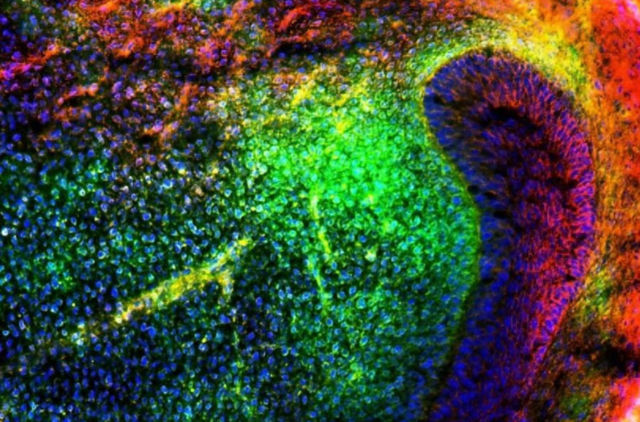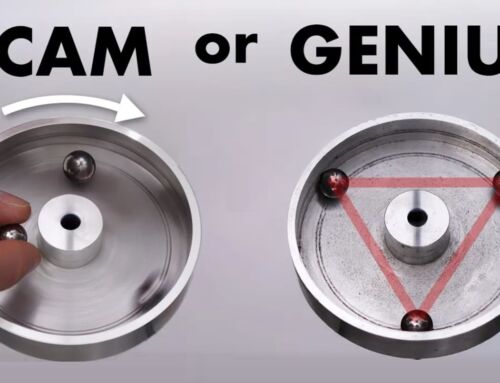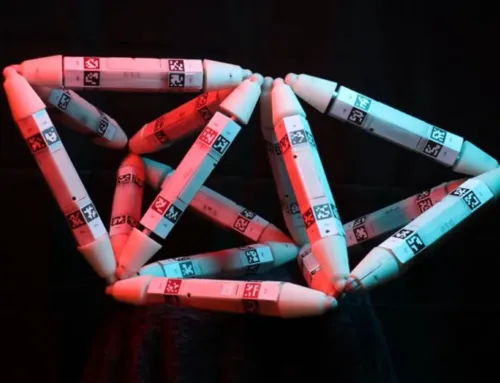An international team of researchers has found a mechanism that could offer a potential novel solution to tooth repair.
Scientists uncover mechanisms that could help future dental treatment.
The study in ‘Nature Communications’ shows that a gene called Dlk1 enhances stem cell activation and tissue regeneration in tooth healing. Stem cells hold the key to wound healing, as they develop into specialised cell types throughout the body – including in teeth.
Above, a group of mesenchymal stem cells (traced in green) migrating into a tooth to further regenerate the tissue and organ. Credit University of Plymouth
The work was led by Dr Bing Hu from the University of Plymouth’s Peninsula Dental School, with collaboration from researchers worldwide.
Dr Hu, who is also part of the University’s Institute of Translational and Stratified Medicine (ITSMed), said:
“Stem cells are so important, as, in the future, they could be used by laboratories to regenerate tissues that have been damaged or lost due to disease – so it’s vital to understand how they work. By uncovering both the new stem cells that make the main body of a tooth and establishing their vital use of Dlk1 in regenerating the tissue, we have taken major steps in understanding stem cell regeneration.
The work has taken place in lab models at this stage, and further work needs to be done before we can bring them in to human use. But it’s a really big breakthrough in regenerative medicine that could have huge implications for patients in future.”
source University of Plymouth






Leave A Comment